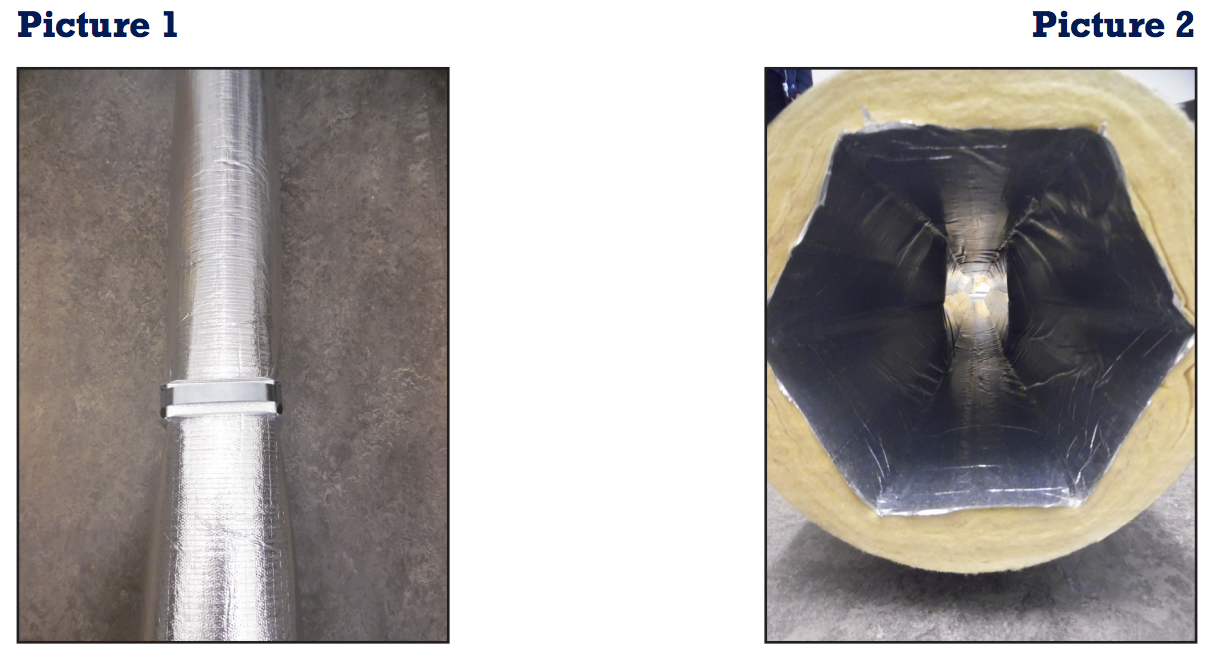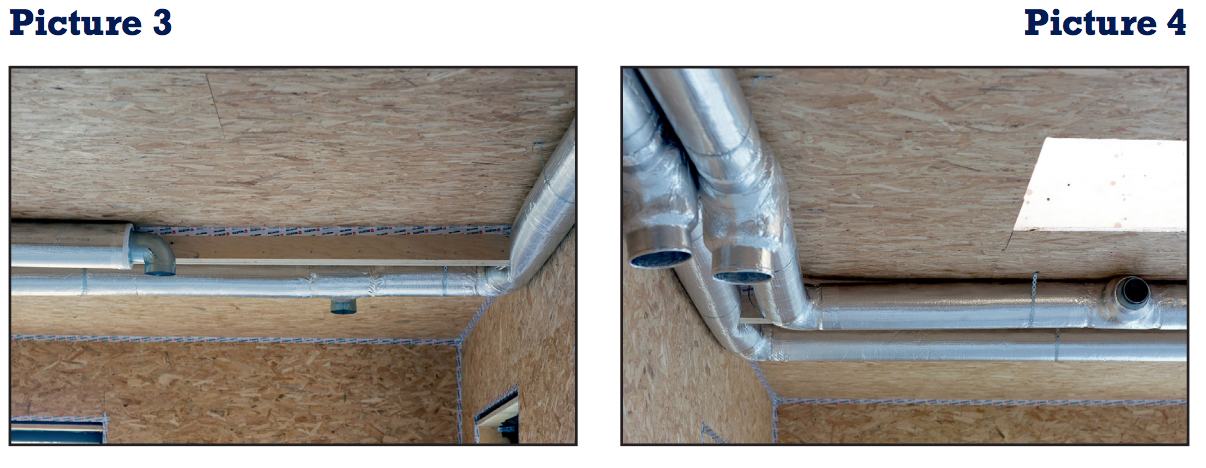Overview
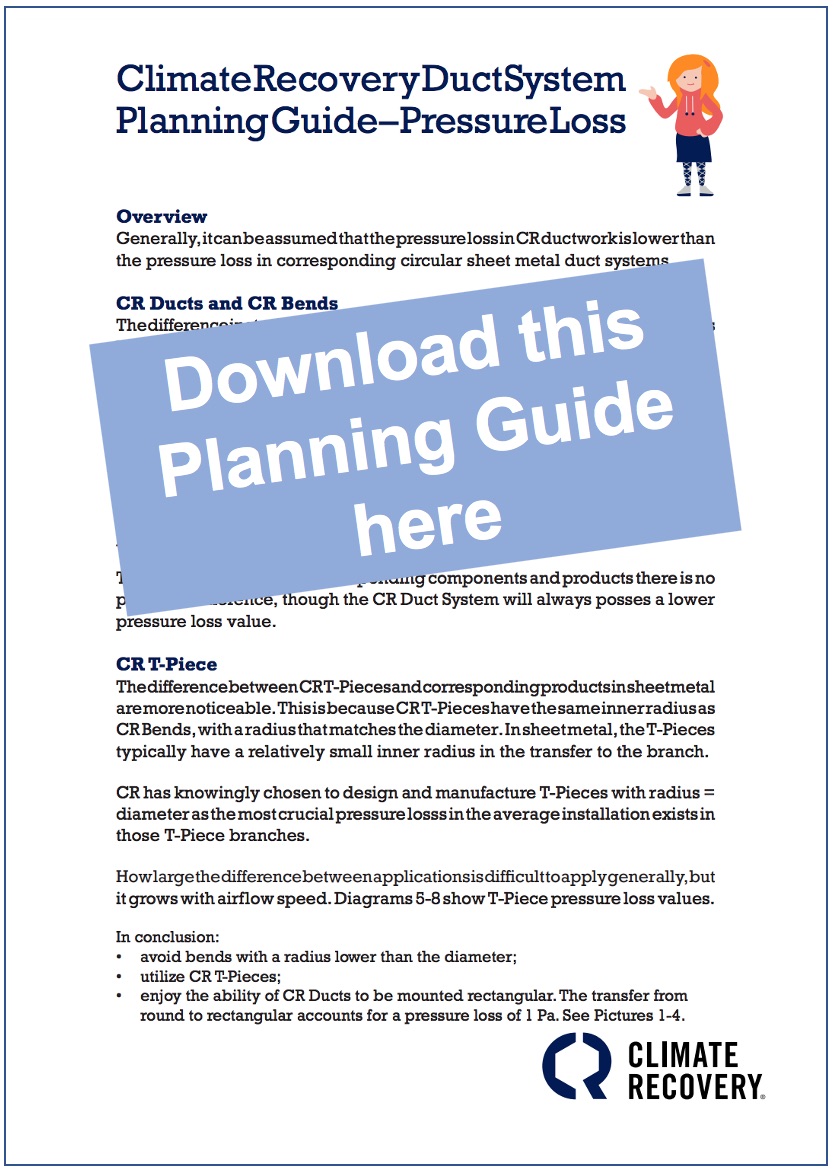 Generally, it can be assumed that the pressure loss in CR ductwork is lower than the pressure loss in corresponding circular sheet metal duct systems.
Generally, it can be assumed that the pressure loss in CR ductwork is lower than the pressure loss in corresponding circular sheet metal duct systems.
CR Ducts and CR Bends
The difference in straight ducts and in bends of corresponding measurements is limited. These can be seen in Diagrams 2-4 on the following pages. For example, a straight sheet metal duct Ø160 with 100 l/s airflow possesses a pressure loss of 2.0 Pa. A Ø160 CR Duct has 1.5 Pa pressure loss with the same airflow. A 90° bend of sheet metal with radius = diameter with matching airflow has 5.5 Pa loss; the corresponding CR product has 3.0 Pa. (A short bend of sheet metal with radius = .6* has a pressure loss of 17 Pa.) A 45° sheet metal bend has a pressure loss of 2.8 Pa. A CR 45° has 1.9 Pa. Therefore, if you choose corresponding components and products there is no practical difference, though the CR Duct System will always posses a lower pressure loss value.
CR T-Piece
The difference between CR T-Pieces and corresponding products in sheet metal are more noticeable. This is because CR T-Pieces have the same inner radius as CR Bends, with a radius that matches the diameter. In sheet metal, the T-Pieces typically have a relatively small inner radius in the transfer to the branch.
CR has knowingly chosen to design and manufacture T-Pieces with radius = diameter as the most crucial pressure loss in the average installation exists in those T-Piece branches.
How large the difference between applications is difficult to apply generally, but it grows with airflow speed. Diagrams 5-8 show T-Piece pressure loss values.
In conclusion:
- avoid bends with a radius lower than the diameter;
- utilize CR T-Pieces;
- enjoy the ability of CR Ducts to be mounted rectangular. The transfer from round to rectangular accounts for a pressure loss of 1 Pa. See Pictures 1-4.
Pressure Loss – Diagrams
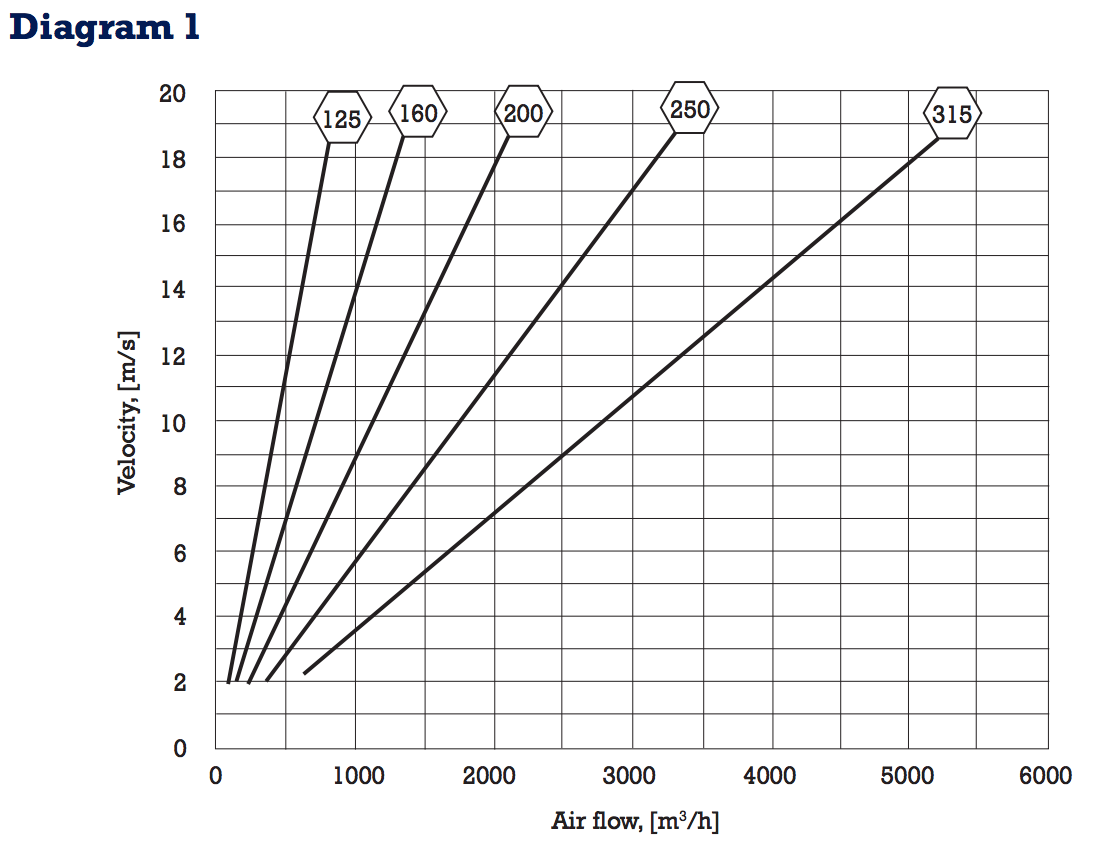
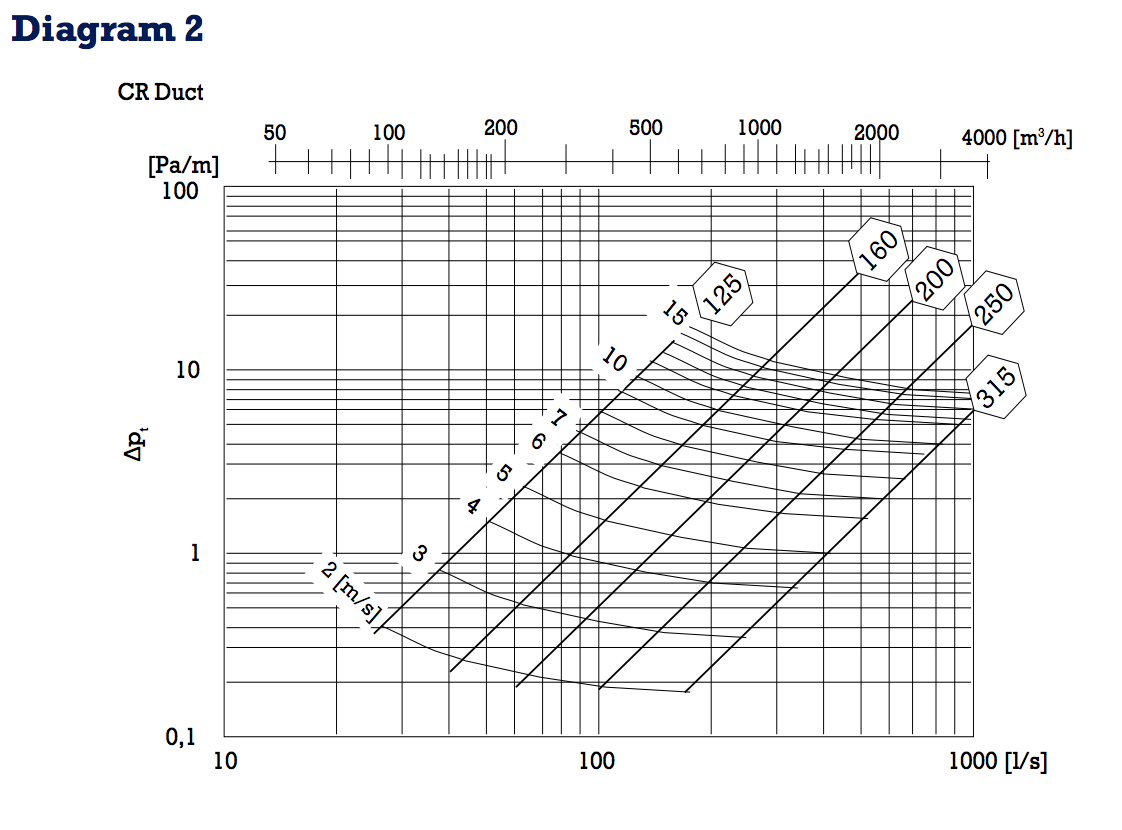
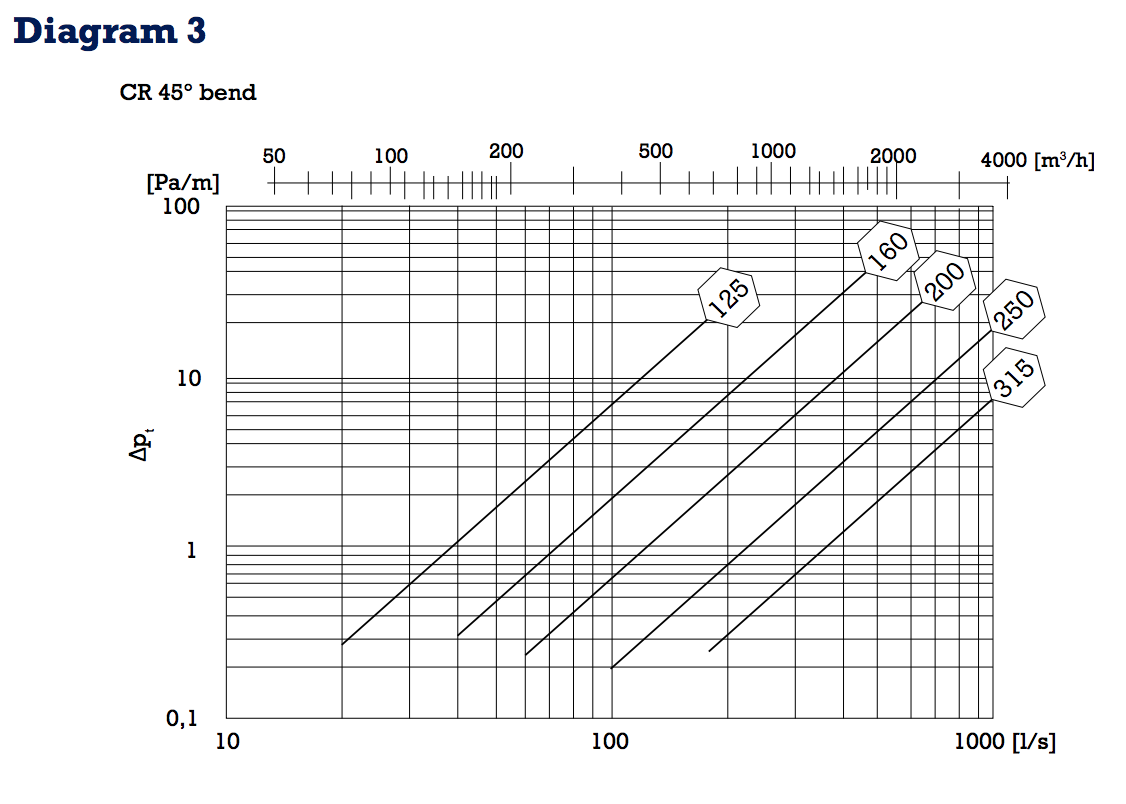
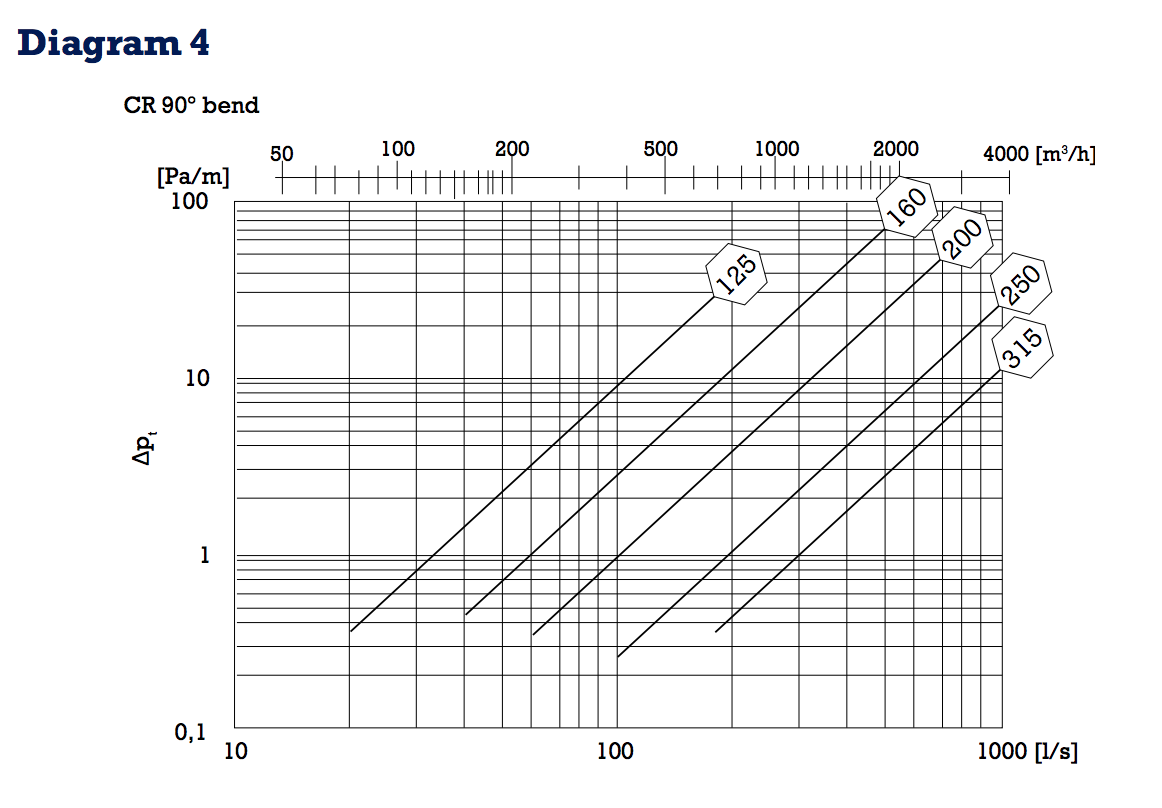
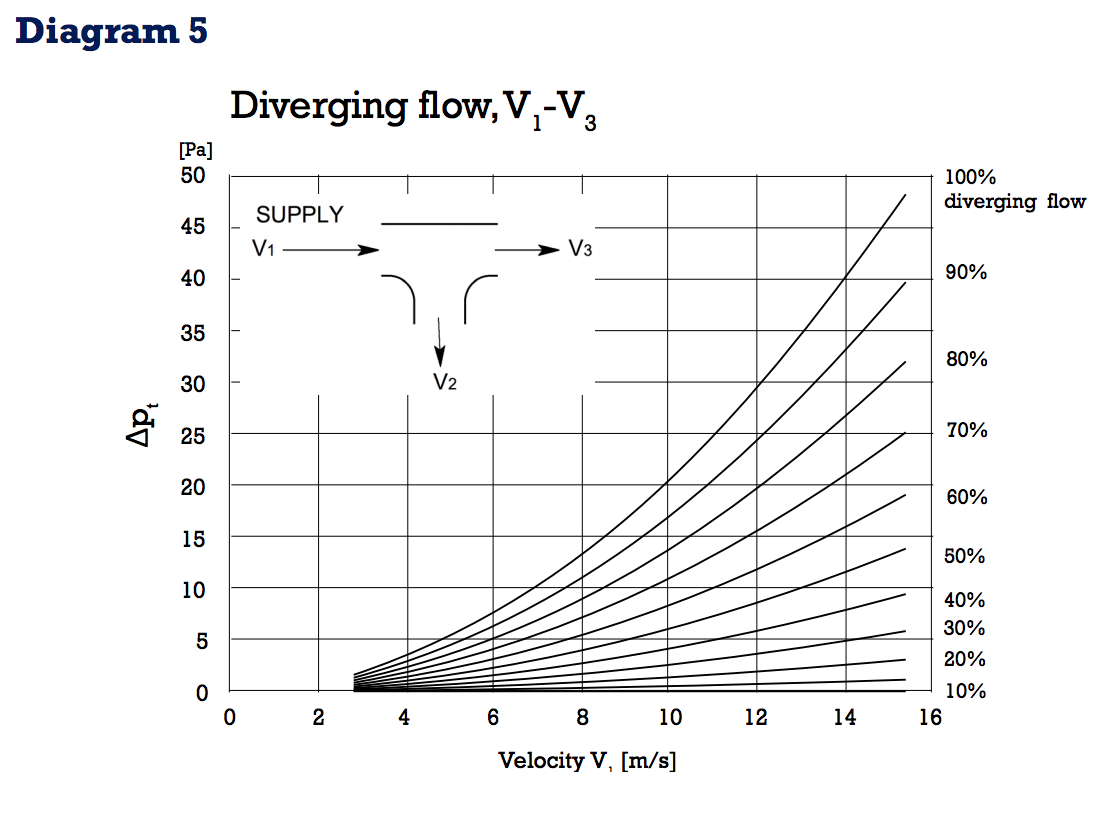
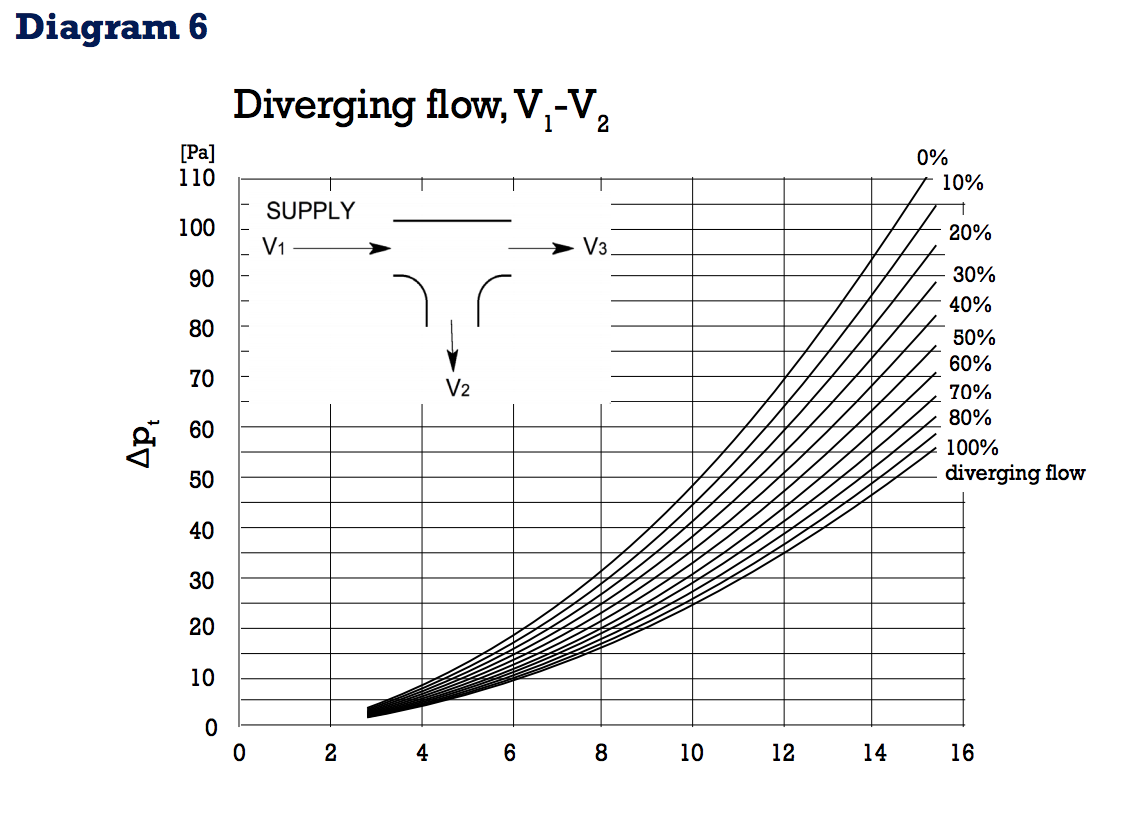
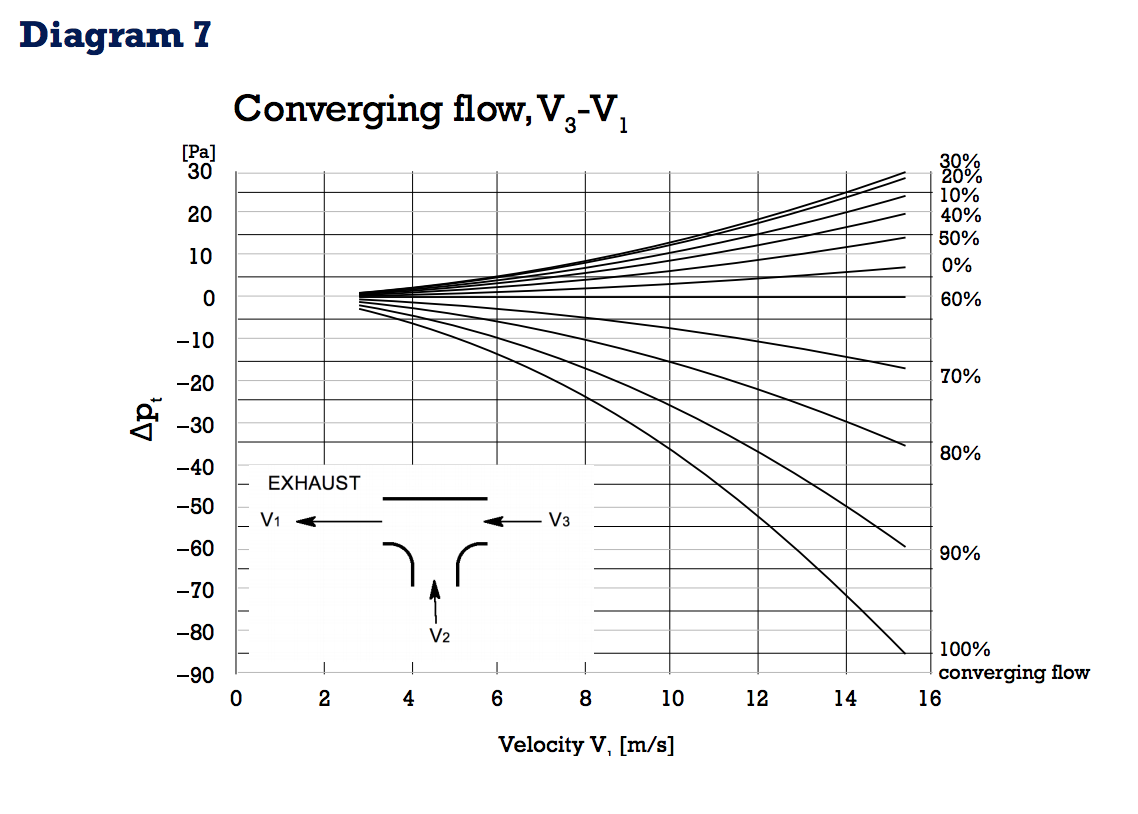
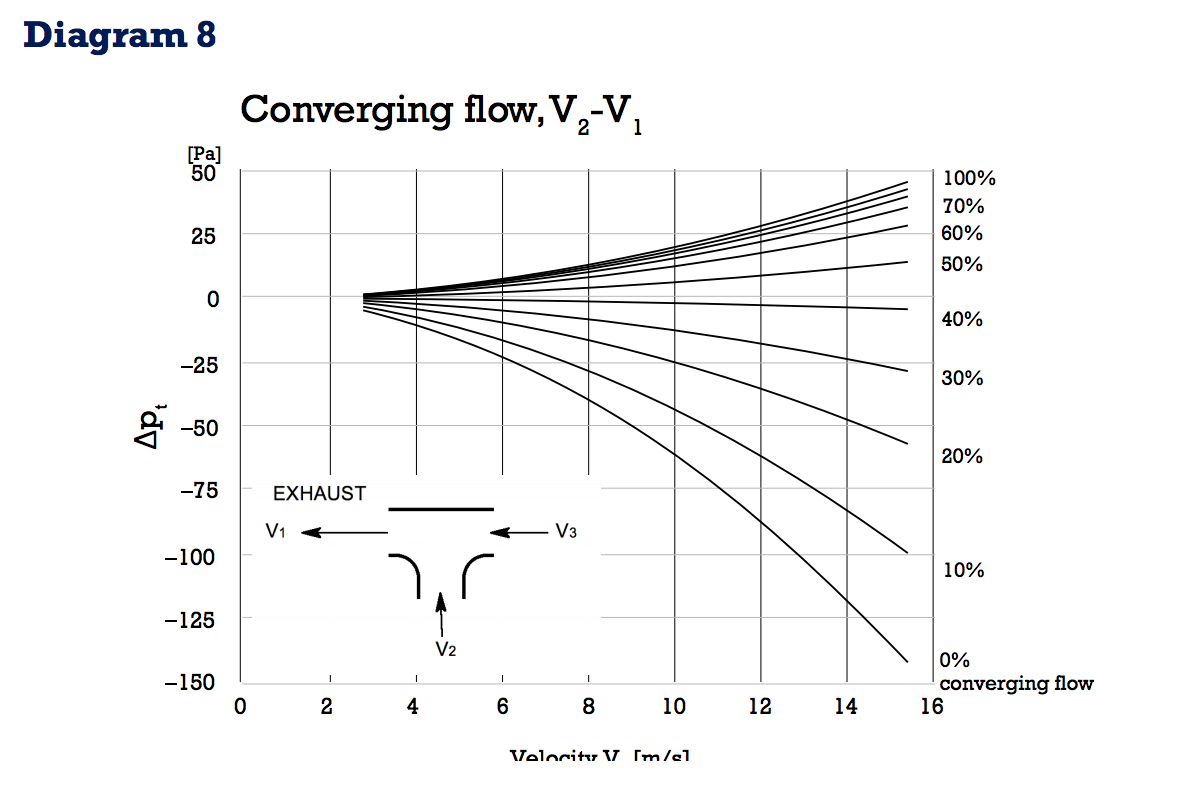
Pressure Loss – Pictures
